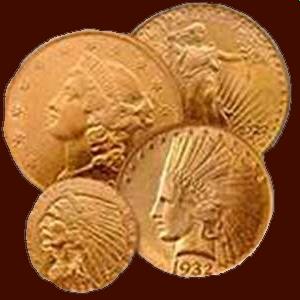






Looking After Your Finds - 2nd Staffordshire Hoard Find

Anglo-Saxon - Identification
Powered By Sispro1

AS-Buckles-2
Archaeology breakthrough as 'Britain's Tutankhamun' has surprising origin previously unknown to scientists
Designed by Nigel G Wilcox
Complimentary Topics
The Paragon Of Metal Detecting
& Archaeology
& Archaeology
Copyright All Rights Reserved by Nigel G Wilcox E-Mail: ngwilcox100@gmail.com
Pages
Main Coin Menu

Anglo-Saxon Coins
Member NCMD
Anglo-Saxon Menu
Anglo-Saxon Helmets
Continued...
End
Specific commonalities include the shape of the horse's harness, a cuff on the warrior's wrist, and a figure below the horse - while even finer details match exactly, including the horse's tail, nosepiece, and mane.
But a once-disregarded motif on the Sutton Hoo helmet has even more in common with the Danish stamp, suggesting the Sutton Hoo helmet could have originated in Denmark rather than Sweden.
Experts now consider the possibility that the same craftsmen who created the patrice may have produced the helmet.
But a once-disregarded motif on the Sutton Hoo helmet has even more in common with the Danish stamp, suggesting the Sutton Hoo helmet could have originated in Denmark rather than Sweden.
Experts now consider the possibility that the same craftsmen who created the patrice may have produced the helmet.

\u200bPeter Pentz © GB News
Peter Pentz, curator at the National Museum of Denmark, said it is "still too early to draw any conclusions", but if confirmed, this theory would significantly alter our understanding of seventh-century Northern European history and politics.
Denmark, traditionally overshadowed by England and Sweden in archaeological significance, may have been at the forefront of the region's political and artistic landscape.
Denmark, traditionally overshadowed by England and Sweden in archaeological significance, may have been at the forefront of the region's political and artistic landscape.
The discovery also suggests Tasinge could have been the location of a seventh-century metal workshop, with metal scraps and a thin sheet of silver found nearby.
To strengthen their argument, researchers plan to create detailed 3D scans of both the patrice and the Sutton Hoo helmet, which will allow for precise comparisons that could either prove or debunk the theory of a shared origin.
The patrice is now on public display at the National Museum of Denmark in Copenhagen.
To strengthen their argument, researchers plan to create detailed 3D scans of both the patrice and the Sutton Hoo helmet, which will allow for precise comparisons that could either prove or debunk the theory of a shared origin.
The patrice is now on public display at the National Museum of Denmark in Copenhagen.
Curtesy: James Saunders - GB News - 09.04.25





















